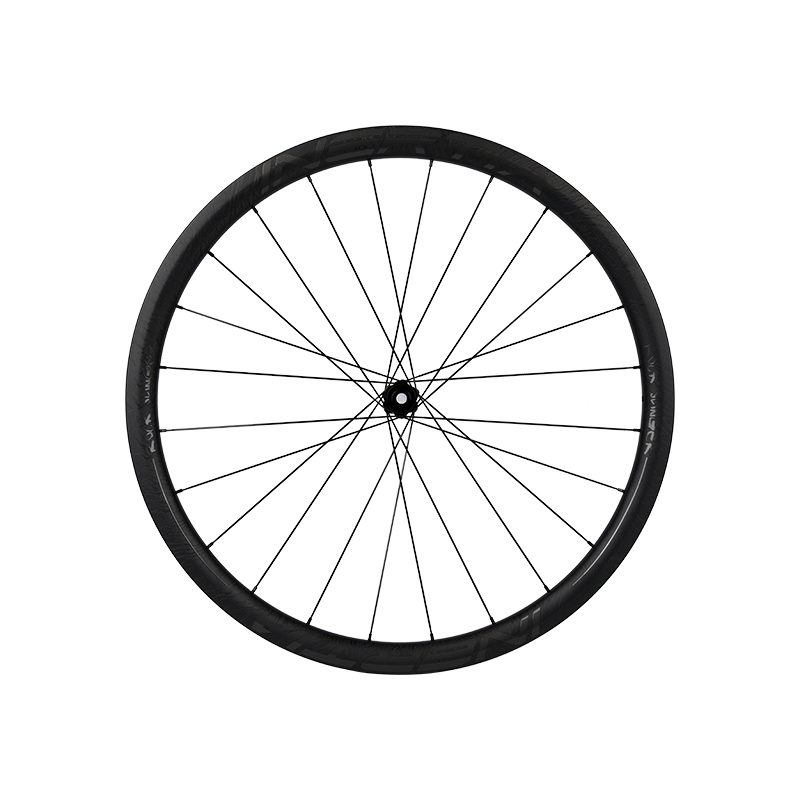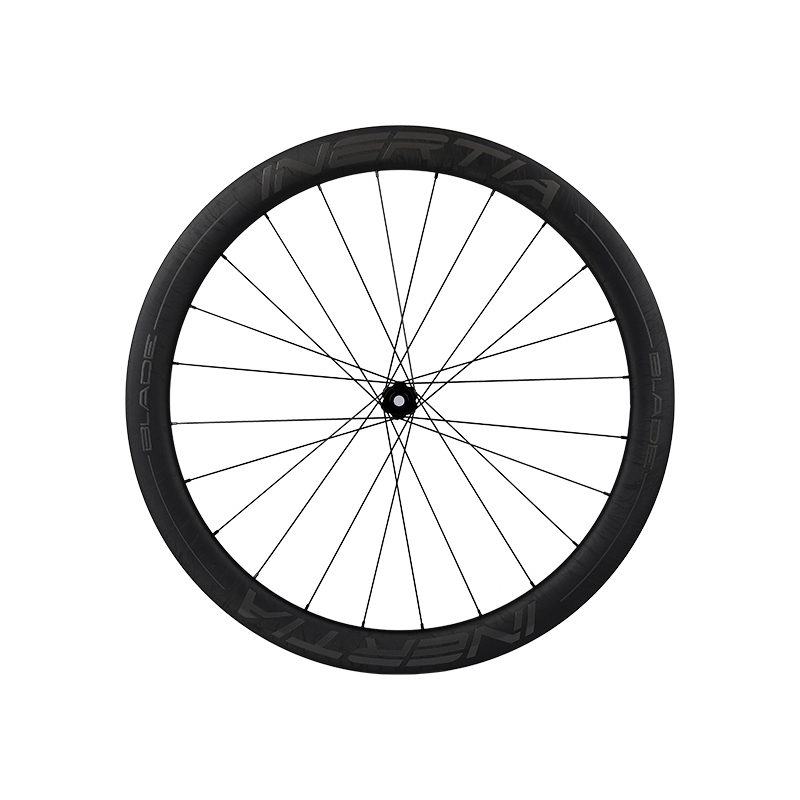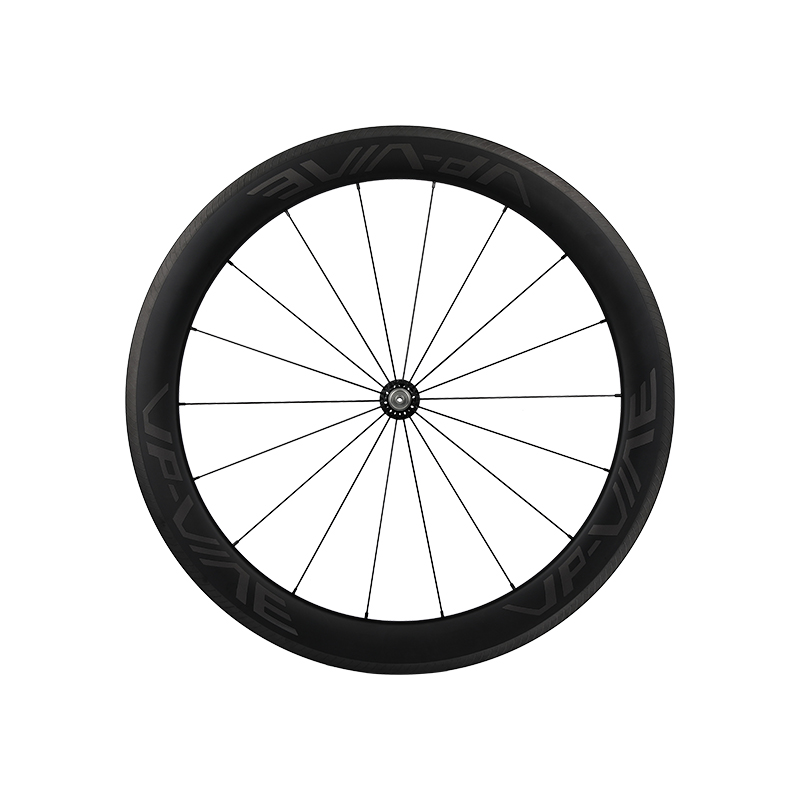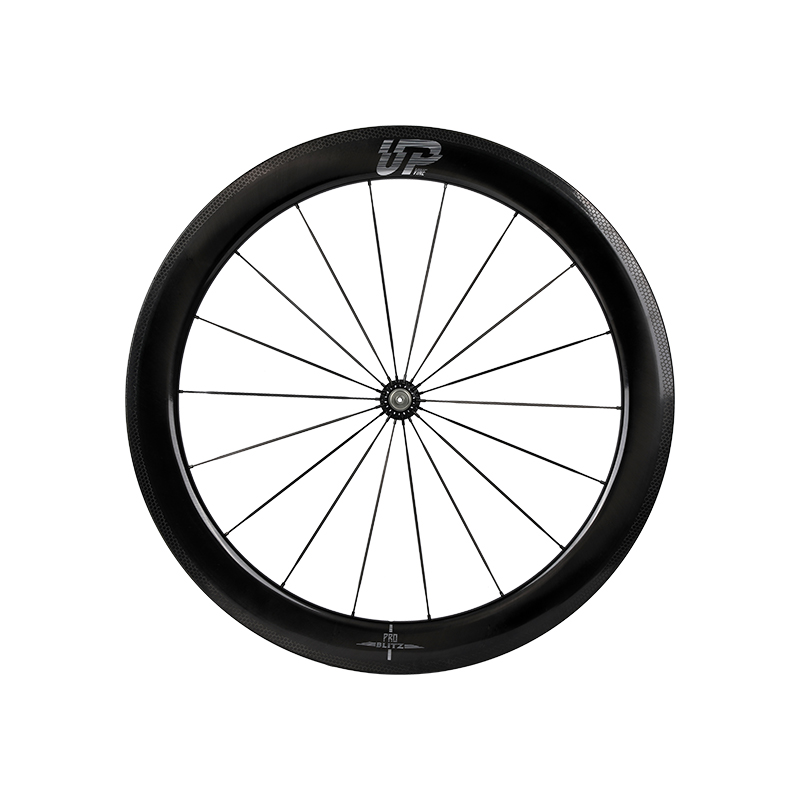Optimizing the wheels and bearings of a road bike wheel set can significantly impact a cyclist's performance, efficiency, and riding experience. Here are some key considerations and optimizations for the wheels and bearings of a road bike wheelset:
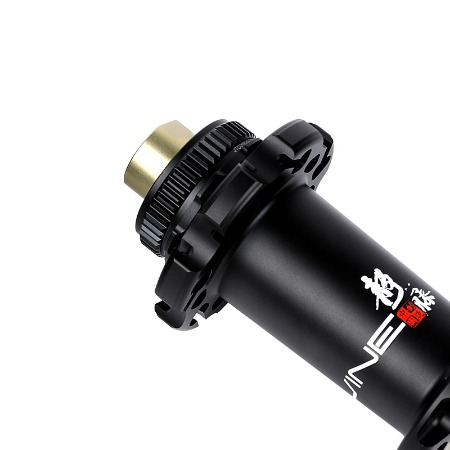
Wheel Material:
Carbon Fiber: Carbon fiber rims are known for their lightweight and stiffness, which can improve acceleration and climbing. They can also be aerodynamically designed for improved speed.
Aluminum: Aluminum rims offer a good balance of weight, stiffness, and cost-effectiveness. They are often chosen for their durability and reliability.
Rim Depth:
Shallow Rims: Shallow rims (around 20-30mm) are lighter and can be advantageous for climbing and lightweight performance.
Deep-Section Rims: Deeper rims (30mm and above) are more aerodynamic and can offer advantages in flat and rolling terrain. They are often favored for time trials and triathlons.
Braking Surface:
Rim Brake Wheelsets: If using rim brakes, a smooth and machined brake track can improve braking performance and prolong the life of brake pads.
Disc Brake Wheelsets: Disc brake wheelsets do not require a brake track on the rim, allowing designers to optimize rim shapes for aerodynamics and weight savings.
Spoke Count and Pattern:
Lower Spoke Count: Some wheelsets feature fewer spokes to reduce weight and aerodynamic drag. However, lower spoke counts may require higher tension and can be less forgiving of impacts.
Bladed Spokes: Bladed or aero spokes can enhance aerodynamics and reduce air resistance.
Radial or Crossed Spokes: The arrangement of spokes can affect lateral stiffness and wheel strength. Different lacing patterns can be optimized for specific performance characteristics.
Hub Design and Bearings:
Hub Material: Lightweight and stiff hub materials, such as aluminum or carbon fiber, can improve overall wheel performance.
Bearings: High-quality, low-friction bearings reduce rolling resistance and improve efficiency. Ceramic bearings are known for their smoothness and durability.
Quick Engagement: Hubs with quick engagement mechanisms can enhance responsiveness and power transfer when pedaling.
Tubeless Compatibility:
Tubeless-ready wheelsets allow for the use of tubeless tires, which can provide lower rolling resistance, improved puncture resistance, and better comfort.
Aerodynamic Features:
Wheelset designs may include specific aerodynamic features, such as teardrop-shaped profiles, toroidal rims, and wind tunnel testing to reduce drag and enhance speed.
Weight Distribution:
Optimizing weight distribution throughout the wheel, including the hub and rim, can affect the wheel's rotational inertia and handling characteristics.
Crosswind Stability:
Wheelsets designed with crosswind stability in mind have profiles and features that minimize the impact of crosswinds, making the bike more manageable in gusty conditions.
Tire Compatibility:
Ensure that the wheelset is compatible with the desired tire size and type (clincher, tubular, or tubeless).
Maintenance:
Regular maintenance, including cleaning and lubricating bearings, can extend the life and performance of the wheelset.
Safety and Reliability:
Prioritize safety and reliability by choosing wheelsets from reputable manufacturers that meet industry standards and safety regulations.



 Español
Español
